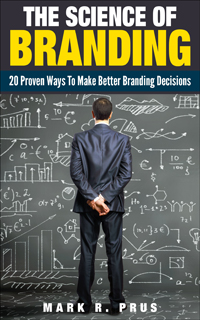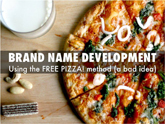A Tipping Point For Super Bowl Advertisements?
I was largely unimpressed with the crop of Super Bowl ads this year. It seemed to me that advertisers have chased “form over function” and have forgotten that when you spend $5 million for a 30-second ad you should probably sell some product to offset that cost. There were few ads that actually tried to communicate in a strategic way and present a compelling selling message for their brand.
Why have Super Bowl advertisers stopped selling their products?
Here is a prime example of how far we’ve fallen in just a year. Last year Christopher Walken used his unique communication style to decisively deliver the selling message of “don’t be beige, be bold” in a Kia commercial. This was a “Top 10” ad from Super Bowl 2016. Check it out.
This year Christopher Walken again appeared in a Super Bowl ad, and again used his unique delivery style but this time he was reciting song lyrics in an ad for Bai. Many polls have indicated that this was the “Best Super Bowl Ad of 2017.” Check it out here.
The difference is amazing. Walken stayed in character in both ads. However, last year the message was a strategically focused argument for the new Kia Optima. This year the Bai ad reeked of borrowed interest and delivered absolutely no selling message for the brand. OK, there was that tagline that was on the screen for 5 seconds at the end that said “5 Calories, No Artificial Sweeteners, and Tastes Amazing” but that tagline has no relevance to the rest of the ad so it was clearly a band aid that was inserted to appease the Brand Manager.
The makers of Bai were no doubt hoping that using Christopher Walken and Justin Timberlake in an ad would break through the Super Bowl clutter. Alas, they were seduced by the cleverness of their brand name in relation to the “Bye, Bye, Bye” lyrics. What does the NSync song from 2000 have to do with an antioxidant beverage? The only possible outcome that would benefit the brand would be name recognition, which could be important if people do not know how to pronounce Bai. But in the end, I suspect they were using borrowed interest because they apparently have nothing to say about why I should choose their brand.
I know some Super Bowl ads were making political statements or “feel good” messages to bolster corporate identity. But seriously, if you spend $5 million for a 30-second ad, shouldn’t you attempt to sell something? You can use other tools in the marketing toolbox to bolster your corporate image.
Here is an example. In 2002, Scripps Networks (the company behind HGTV and the Food Network) wanted to announce their newest media property Fine Living. They could have blown their budget on a Super Bowl ad but instead they created a PR event by building a tropical island in New York City’s Hudson River. The island was complete with sand, palm trees, a thatched-roof hut, hammock and hot tub. They towed the island in place at night for the big reveal on Columbus Day. One lucky couple (and their dog) got to enjoy the island for a few days. They romped in the sand, relaxed in the hot tub, and enjoyed the good life…Fine Living indeed! This event cost $300,000 to arrange and generated over $30 million in media exposure, or 100x the original investment.
Can the advertisers in this year’s Super Bowl claim that they got a 100x return on their investment (doing the math: $5 million for a 30-second ad means they would have to get a $500 million payback)? I doubt it.
What do you think? Have we reached a tipping point in terms of Super Bowl advertising? Should we stop calling them ads? Maybe “public service announcements” would be more appropriate!



